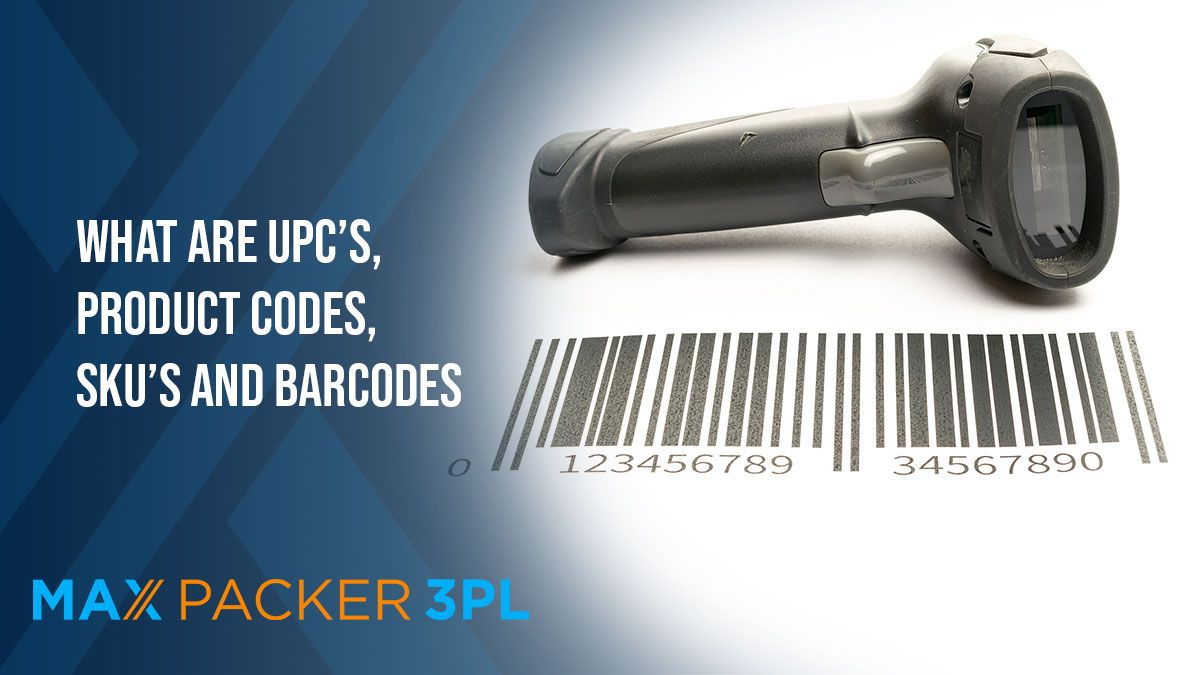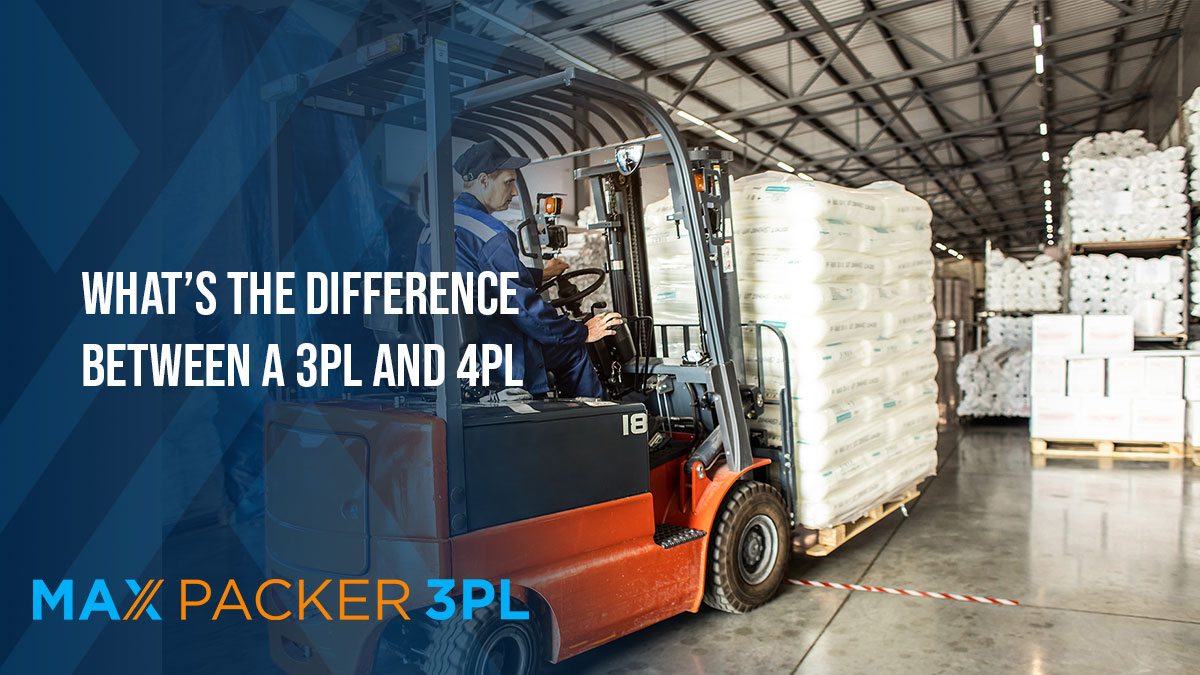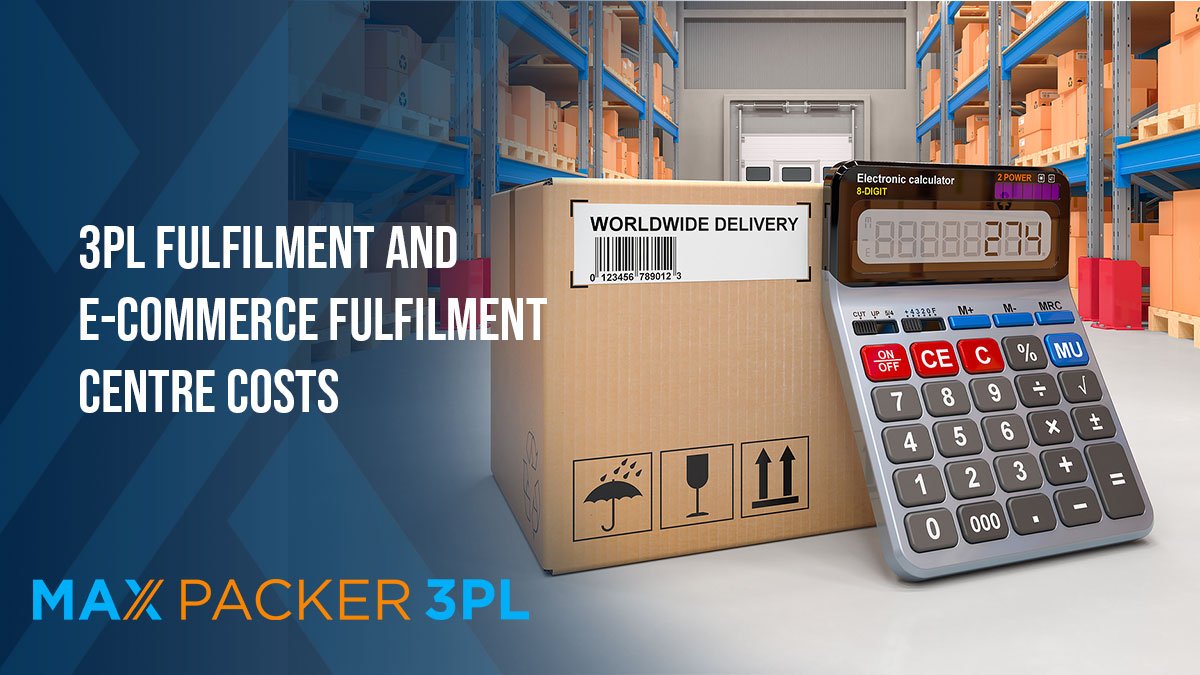If you’re unsure how to label your stock, you’re confused about the difference between a product code, SKU, and UPC—and whether you even need them in your business in the first place—we’re going to define what each of these are, and explain how they’re used in the world of third party logistics.
UPCs
UPCs, or Universal Product Codes, are distinct 12-digit barcodes printed onto product packaging that are used to identify specific products. The first six digits of a UPC barcode represent the product category, and the last six digits represent the product’s specific identification number.
It’s a code that’s unique to that particular product. No other product in the world will have this code, so they’re typically used in globally-traded goods. For example, you’ll find them on products in the supermarket shelves, or department stores—they’re less relevant for eCommerce businesses with a niche audience or sales funnels.
UPC’s can be purchased from globally recognised retailers, and they often sell the numbers in bundles of 5, 10, or more. When you receive them, it’s up to you to assign them to your specific product, and you would have one UPC for every product variation. Some providers will have a one time cost for the UPCs and others charge a yearly fee for them .
UPCs are optional, and in addition to a product code or SKU.
Product Codes and SKUs
Stock Keeping Units, commonly referred to as SKUs, or Product Codes, are individual identification codes used to identify products within a company’s internal systems. SKUs are created by you, or your manufacturer, and are used to identify stock items, and track them in your business and warehouse.
They enable you to identify your product, based on different product traits, and allow you to gather tangible data around your sales and inventory. When you make a sale, the specific SKU is removed from the stock . This enables you to keep track of how much product you have on hand, and prevents you from overstocking or running out of product.
There aren’t many rules when creating product codes, however it’s important that you make them easy to read, and that they can be used with other software programs. Unlike a UPC, it’s not a universal code. They’re unique to your business, so they can essentially be anything you want them to be. So be aware that outside your eCommerce business, however, other retailers might use the same code (however unlikely that may seem).
Where UPCs are typically optional, a product should have a SKU or product code attached to it.
When creating a SKU or product code best practice is to use letters or numbers that relate to the product.
For example, say your business sells t-shirts. One particular t-shirt range comes in three different colours, different styles, and different sizes. You’d have an individual product code and UPC if you were using UPC codes for each individual item. Your SKU could look something like this T-B-BE-L, also shown in the barcode below:
Barcodes
A barcode is a machine-readable code of vertical black and white bars that is used to identify products—a graphical representation of a SKU, product code, or UPC. A QR code is a more modern version of the barcode, using a matrix of blocks to deliver more in-depth information than a barcode is capable of.
(We’ve written an article to help you better understand these here: What are Barcodes and QR codes, and which one is right for your business?)
The benefits of using UPCs, SKUs, and barcodes
Without a clear product identification system, your business is soon going to get overwhelmed.
Adopting a UPC, SKU, or barcode system enables your eCommerce business to:
- Associate a sales order with the product that has been ordered
- Simplify your product identification, making it easier for you and your staff to identify and find specific products in your warehouse
- Facilitate a smoother transition to working with a 3PL.
- Reduce picking and packing errors by providing clear, accurate identification codes
- Present a more professional image to your customers
product codes, SKUs, and barcodes all play an important role in the world of 3PL warehousing. These codes allow your 3PL partner to track your inventory levels for you, and find, pick, pack, and post your products more easily and accurately.
By understanding these terms, and rolling them out across your eCommerce venture, you’ll be much better equipped to navigate the world of 3PL logistics—while building a thriving business.
Max Packer can help you take control of your inventory, and support you in deploying a seamless stock identification system that streamlines your sales process. So if you’re ready to optimise your storage and inventory, and take the headache out of product identification, get in touch with our friendly team today to schedule a discovery call and discuss a 3PL solution for your business.




